Bibliographic reference
WILLEN BROWN, Stephanie. Indexing photographs [on line]. Springfield (Mass.): Union-News and Sunday Republican, Visual Edge '98 Archive Program, 4th September 2001. Available on: http://www.ibiblio.org/slanews/archiving/VE98/presentation.htm
Dublin Core
Title : Indexing photographs
Creator : Stephanie Willen Brown
Subject : newspaper photograph / indexing / keyword / free text
Description : It's about "newspaper photograph indexing, the use of keywords or free text to accomplish the indexing, and several examples of indexed newspaper pictures."
Publisher : http://www.ibiblio.org/
Date : 2001-12-04
Type : Conference
Format : HTML
Identifier : http://www.ibiblio.org/slanews/archiving/VE98/presentation.htm
Source : http://www.ibiblio.org/
Language : En
Relation : http://www.ibiblio.org/slanews/archiving/VE98/indexing.htm
Coverage : USA
Rights : Amy Disch
Extract
"Introduction
It is essential to have several ways to define the activity a photograph describes because describing the exact meaning of a picture is very difficult. When indexing works of art or music, this is especially tough, because only terms added by a librarian can be used to search the database. Newspaper photograph databases are easier to search because the cutline field is a wonderful source of information. The cutline usually has most of the information relevant to the image, including names of subjects, location, and a description of the activity.
In this presentation, I will (briefly!) discuss newspaper photograph indexing, the use of keywords or free text, and review several examples of indexed newspaper pictures. I have pulled 18 photographs from the Springfield Union-News to demonstrate how both keywords and free text indexing might be applied to a variety of situations.
Different Kinds of Searching
Searching the cutlines of hundreds of thousands of photographs to retrieve one of the principal of a grammar school would be relatively easy: the searcher – librarian, reporter, editor, photographer – would simply type in the name and a small number of photographs would likely be retrieved (assuming the person is not a trouble maker or married to a prominent figure). However, searching for an appropriate photograph of the mayor of the dominant city in a newspaper’s coverage area, Springfield in our case, would likely retrieve hundreds of images.
And what if you needed photographs of golf courses to accompany a story about the proliferation of golf courses in your area? You would have to remember the names of all the golf courses in the area and do a complicated, nested search. — Franconia, Crestview, the Orchards — You might forget the name of one or two of them, or you might retrieve photographs of events taking place at the "19th hole" of an area course.
A further curve thrown into the photo indexing mix is that different types of people — photographers, librarians, editors, and the general public — will need to search the database. Each group will need to retrieve different kinds of pictures:
o photographers might want to see if a particular scene had already been shot; (images of Taste of Holyoke, for example)
librarians would be looking for a photograph of a prominent politician;
Living/Arts editors might want a picture of last year’s big event (Shriner’s auto show) for an advance of this year’s event;
the general public might want a photograph of little Janey playing field hockey.
Indexing is the Answer
Applying subject terms to each photograph will greatly aid in retrieval. Ideally, each image will be assigned two to five subjects, addressing the central news aspect of the picture. This results in a richer description of a photograph. Indexers should add words that are not in the cutline to enhance the value of the subject field. A picture of a defendant in a murder trial, for example, would be assigned the keywords Murder and Trial. Either one used by itself is not enough to describe a photo of a defendant charged of murder who is on the witness stand, though both are correct and useful. But together, they accurately express the concepts demonstrated in the photograph.
Keywording vs. Free text
We will discuss two different ways of adding subject ideas to a photograph database: keywording and free text. I’ll describe, and show examples, of each.
"Keywording" refers to adding terms from a controlled vocabulary to a database of photographs to aid later retrieval. The most important component of keywording is the notion of a controlled vocabulary, a specific set of words from which index terms can be taken. Keywording is the a traditional means of indexing photographs, and is taught as Indexing in library school. A photograph of children on a swing, for example, might be given the keywords CHILD; PLAYING; and SUMMER.
"Free text" indexing, on the other hand, does not rely on a controlled vocabulary. Instead, it is more like free association: the indexer looks at the photograph and uses her imagination to describe what it is "about." A photograph of children on a swing, for example, could be "about" a hot summer afternoon; children or kids; swinging or playing; brothers, perhaps, if the children are related; smiling or laughing; and having fun."
Subscribe to:
Post Comments (Atom)
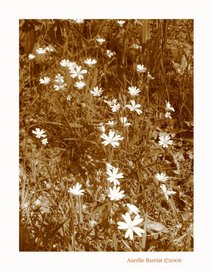
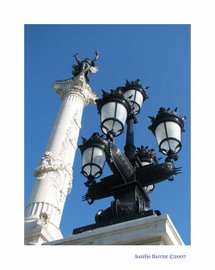
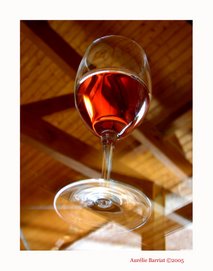
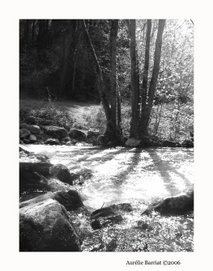
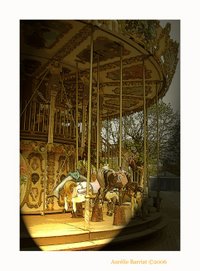
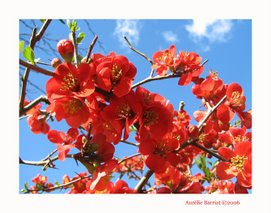
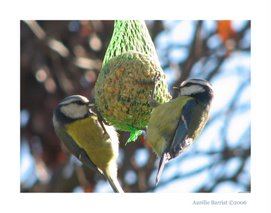
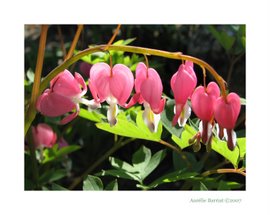

No comments:
Post a Comment